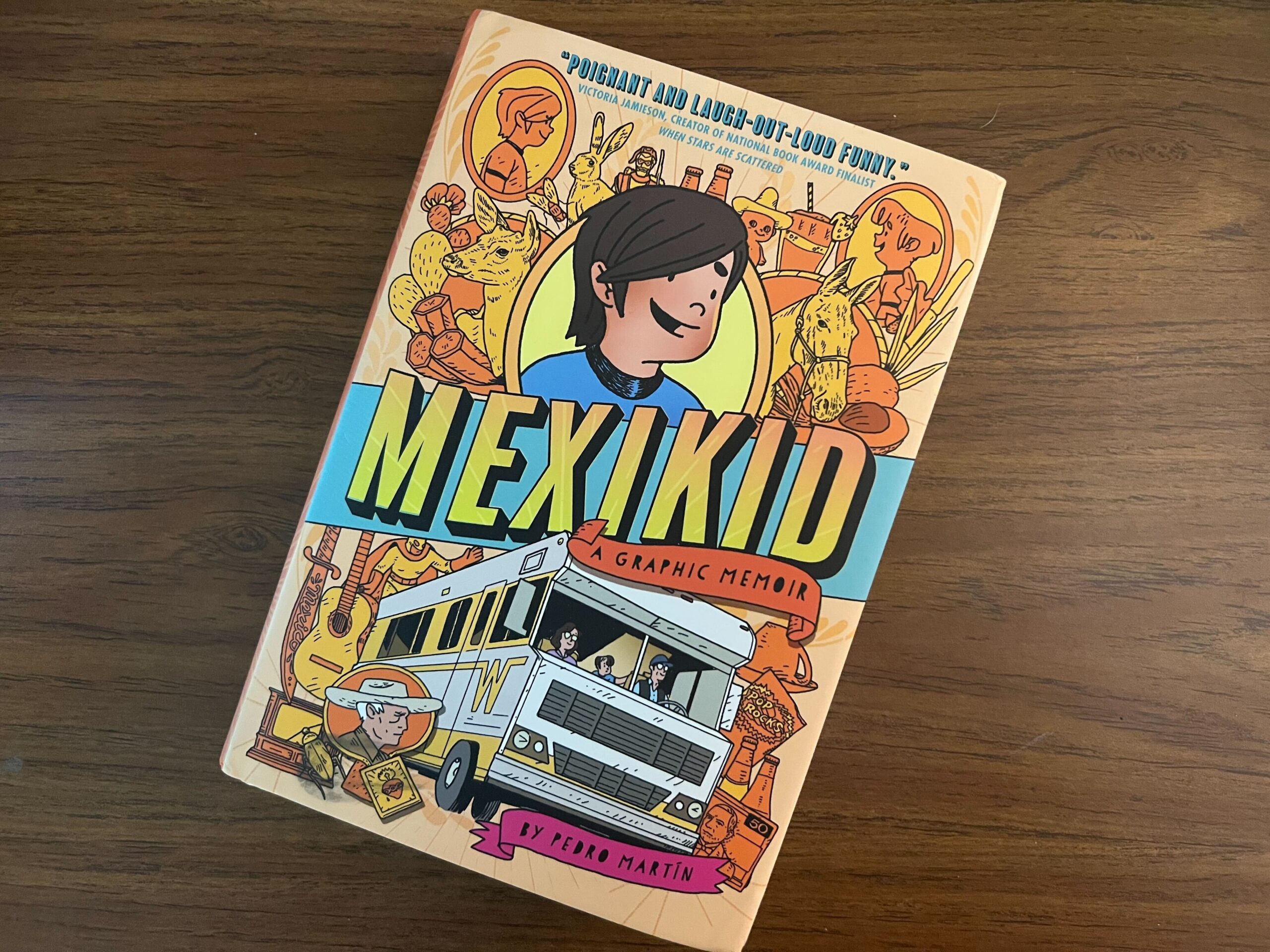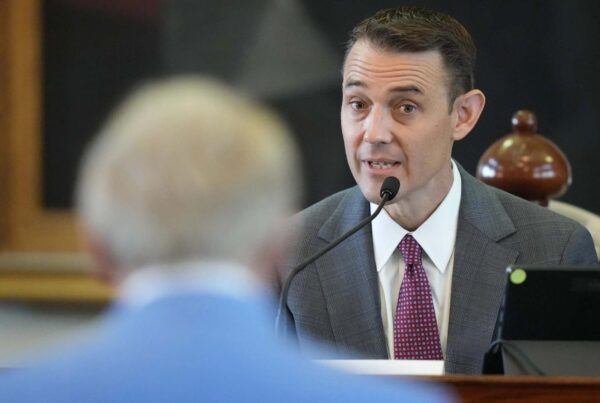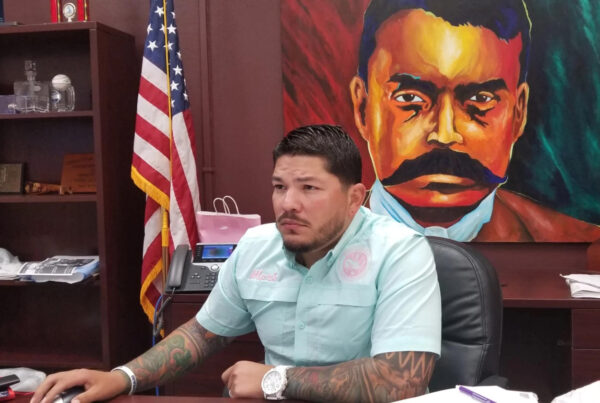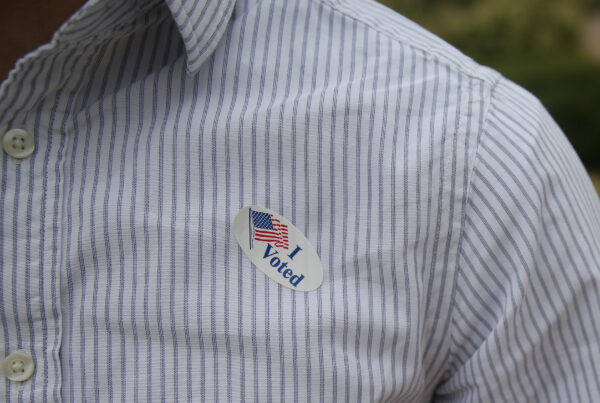Many coming-of-age stories are timeless tales shared through literary memoirs. But author Pedro Martín took a road less traveled in a sense, when he decided to tell the story of a childhood cross-country trip through Mexico in a cramped motorhome.
He’s written and illustrated this tale in the new book “Mexikid: A Graphic Memoir.” Some critics are already calling it an instant classic.
Martín spoke with the Texas Standard on how his experience growing up in a Mexican-American household in the 1970s shaped him and how he chose to portray this story through comic panels. Listen to the interview above or read the transcript below.
This transcript has been edited lightly for clarity:
Texas Standard: You had a big family, it sounds like.
Pedro Martín: Oh, my gosh. The biggest.
How many in all? I mean, when your family went on this cross-country trip, how many packed into that motorhome?
Well, there were 11 of us altogether, but we split the group – part of us in the motorhome, the Winnebago chieftain, and then some of us in the pickup truck.
Well, now I have to ask before we get into details of this story, but why did you decide to tell this story this way through, you know, a graphic novel?
Well, I had been kind of playing around with these stories for 27 years when I was working at Hallmark. I used to be a greeting card artist, and we had these 3×5 cards that were kind of like the intellectual currency of the company. Like they were just everywhere.
Every good idea started on a 3×5. Like even that the catch phrase, “when you care enough to send the very best.” That was written on a 3×5 card and thrown in someone’s desk. So they were just everywhere.
I was kind of just bored and I would just write these little stories from my childhood – one card, one panel kind of stories. And then I would tie them up in a rubber band and throw them in the lunchbox – I had an old Batman lunchbox.
And when I left Hallmark 27 years later and I was unpacking, I found that box and I’m like, “Oh, maybe now’s the time to kind of revisit this and try to put them together into some kind of shareable way.”
Well, tell us a little bit about how it starts. Your grandfather’s in Mexico. Your parents decided to go get him and bring him back to the U.S. to live with you all. And so you plus your parents, eight other brothers and sisters crammed into an old Winnebago and a pickup truck. I mean, this must have been so much. What an adventure for a kid.
I think I was 13 – 12 or 13. It was like the year after Star Wars came out, I think it was the time.
And tell us a little bit more about when you all set out. Did you know your grandfather that you were heading to pick up?
I met him years before. Like we had taken trips, you know, back and forth many times when I was a kid – really, really young – and I hadn’t met him just briefly, just not even a conversation with him. Just like, “that’s your grandfather over there.” So I really didn’t know him very well.
And then when this was kind of announced, there was a little bit more attention around it. Because I wasn’t paying attention, I really didn’t know what this trip was for. But when you’re, you know, a Mexican family – any big family – you just go when you’re told to go because there’s no individual right at this point. You know, you just go. And so all I really knew about it was like, “oh, we’re going to go visit him or get him or something.”
So it wasn’t until like as the trip goes on that it reveals itself that like, “Oh, no, he’s coming back with us and he’s going to live with us and he’s got stuff that he needs to complete before he can come back to live with us and we’re going to help him.” It’s just very vague for a kid.
And so, yeah, the book kind of plays that out where you start picking up clues like I did, you know, as the story went along.















